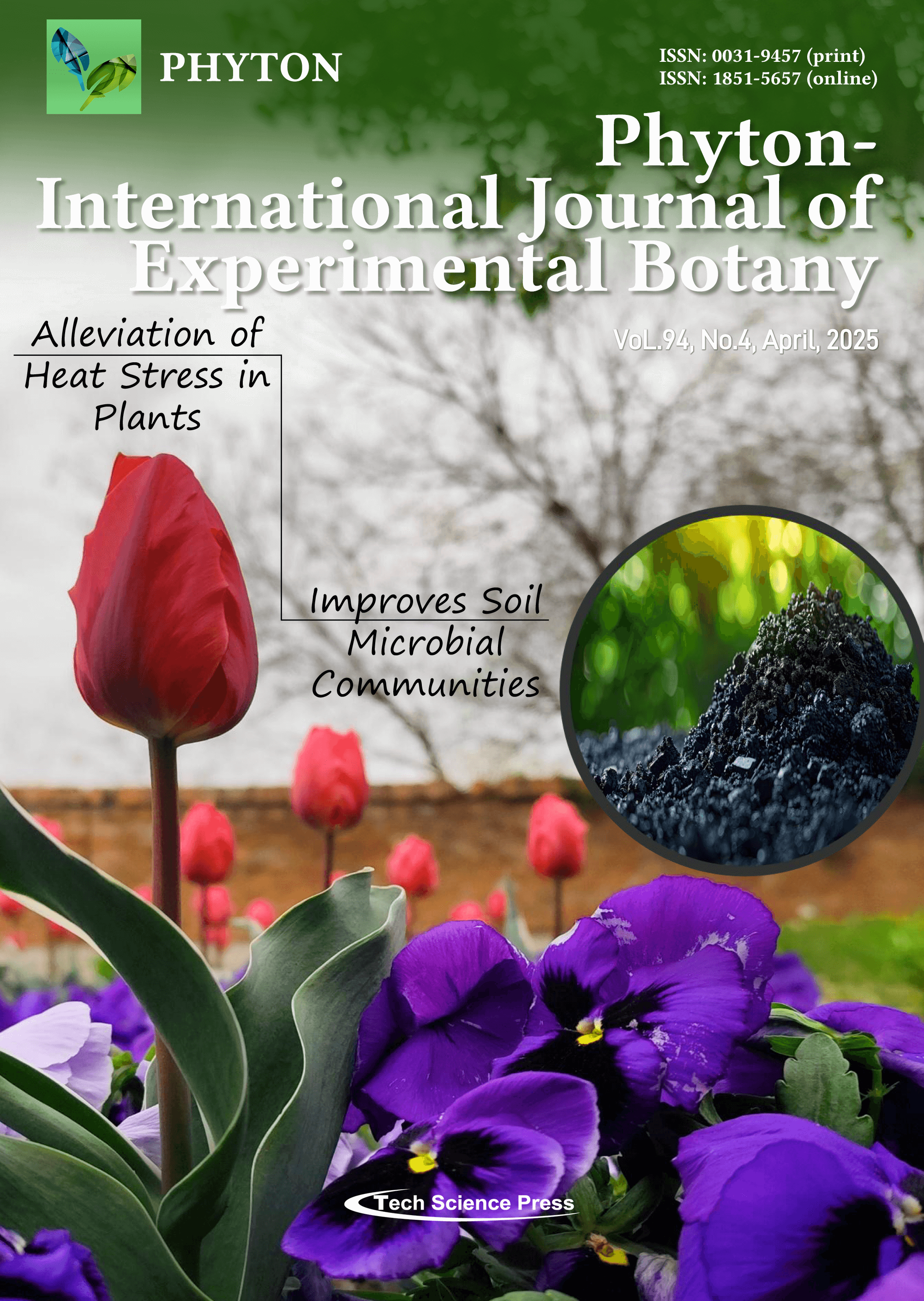
The cover image illustrates the crucial role of biochar as an important component of sustainable agriculture because it helps plants cope with heat stress and improves soil microbial communities. Heat stress can have various detrimental effects on a plant's growth, development, and production. High temperatures limit energy production by destroying chloroplast structures and lowering the amount of chlorophyll, which interferes with photosynthesis. Additionally, it alters the activity of enzymes, causes plant toxicity, and changes hormone and gene expression. In the end, it results in lower crop quality and production. Applying biochar to soil enhances soil structure and water retention, producing a more conducive microclimate for plant roots during hot weather. Through improved hydration and nutrient availability, this buffering action lessens plant stress.
Additionally, biochar enhances microbial species' diversity and activity by offering a stable home for beneficial soil microorganisms, by improving nutrient cycling, avoiding disease, and boosting stress tolerance, these microbes, in turn, support plant health. Overall, introducing biochar to agricultural systems helps improve the soil's productivity and fertility in the long run by fostering a resilient soil ecosystem and reducing the negative impacts of heat stress on crops.
View this paper